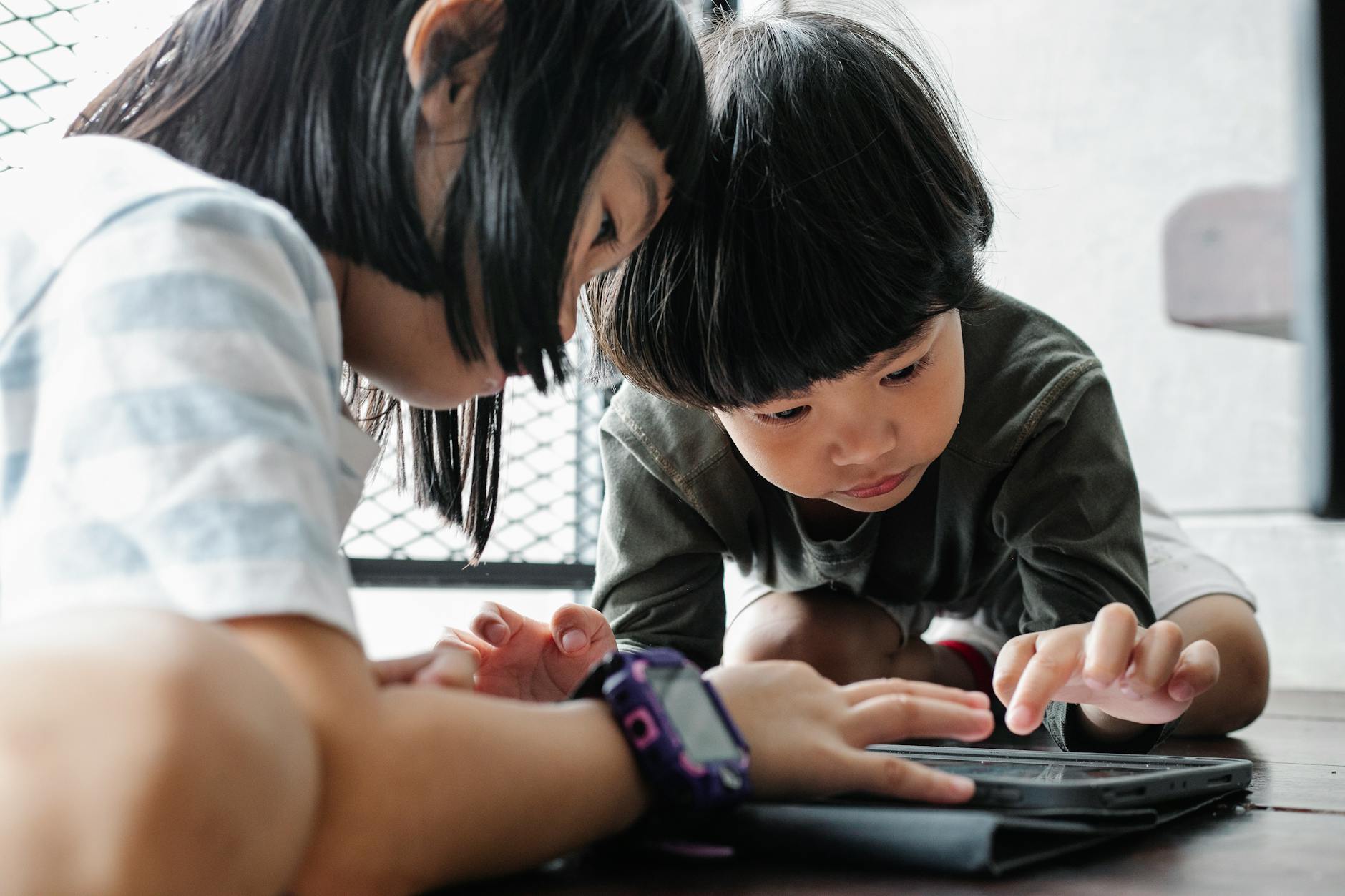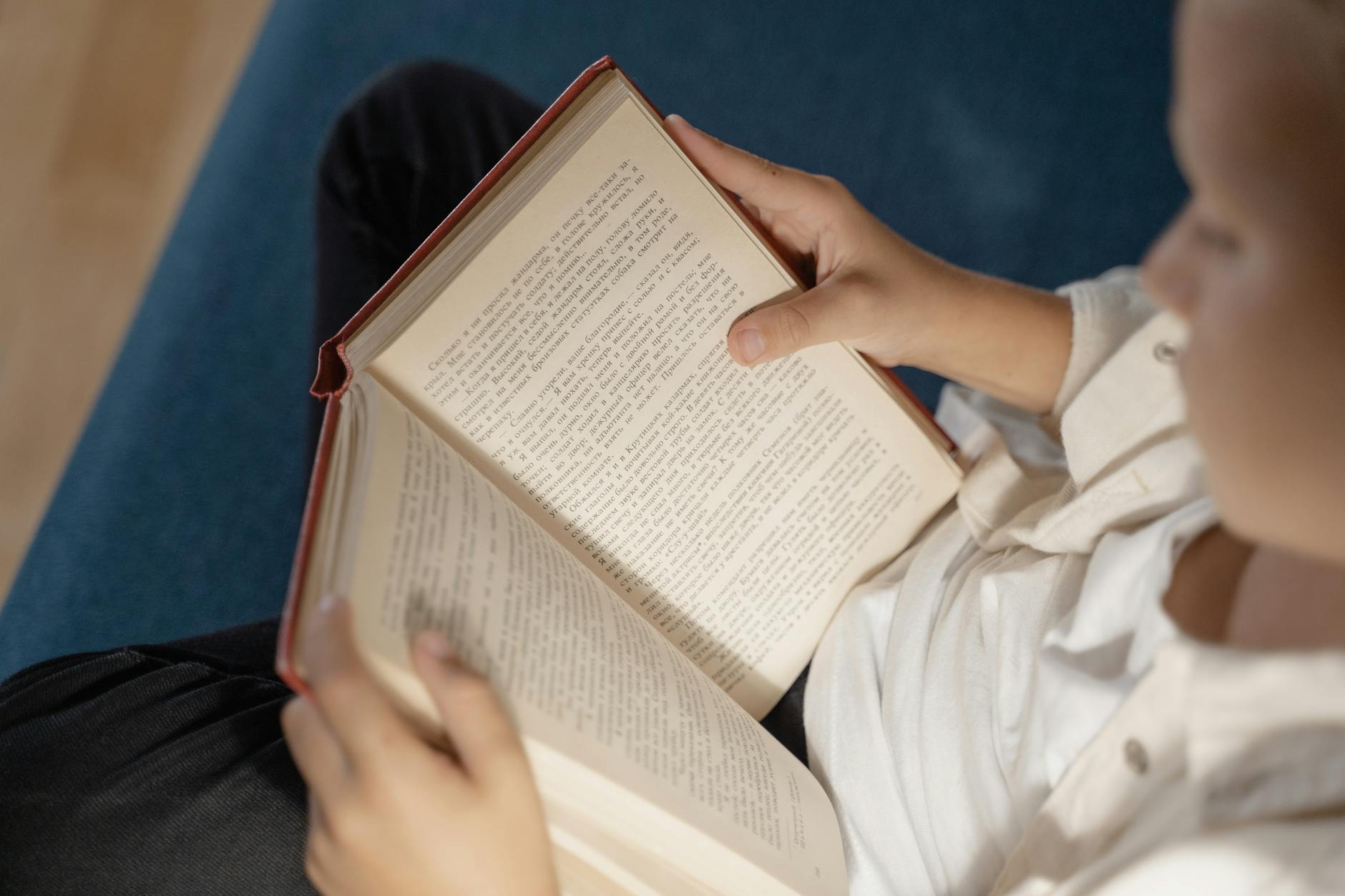How Can Experiential Learning Transform Art Education in the United States?

Experiential Learning in Art
Concept and Methods
As an arts instructor inspired by the vibrant galleries of the Pilsen neighborhood, I often marvel at the dynamic ways experiential learning can bring art to life. It’s not just about creating art but about embedding real-world experience into the learning process. Techniques like paint and sip San Francisco can transform a simple painting session into an immersive experience, making use of multi-sensory engagement to enrich the participant’s creative process. Here, teaching extends beyond the conventional, encouraging students to engage with art in ways they might encounter at renowned spaces like the Art Institute of Chicago.
Impact on Creativity
By leveraging methods like virtual paint classes, we can extend our reach, allowing creatives to flourish regardless of geographical limitations. These classes facilitate creative exploration by introducing varied perspectives and techniques in real-time. When students collaborate on projects through such formats, they access a broader canvas of ideas and inspirations, which can ignite radical creative growth.
Benefits for Students
Experiential learning in art fosters adaptability, a crucial skill in today’s evolving landscape. Through activities like online craft classes, students can explore diverse artistic styles and mediums, gaining valuable insights into different cultural narratives. This way of learning not only elevates their artistry but also instills a sense of accomplishment and confidence, ultimately preparing them for future endeavors and facilitating a deep appreciation for the creative arts.
Curriculum Design
Integrating Real-Life Projects
As a creative arts instructor in Chicago, I find it exhilarating to develop curriculum plans that integrate experience gifts into the learning environment. Real-life projects not only engage students but also nurture their problem-solving skills and creativity. For instance, an exciting approach could involve partnering with local venues like galleries in the Pilsen neighborhood. Students can create and showcase their art pieces in these spaces, giving them a real-world experience of presenting and discussing their work.
Projects can include collaborative tasks where students work in teams to create large-scale installations or murals. These activities can be both physically and mentally stimulating, helping students build teamwork skills. Incorporating hands-on experiences can enhance engagement and make the curriculum more appealing.
Teacher's Role in Facilitation
As educators, we serve as facilitators, guiding students through the creative process. It’s essential to provide a supportive environment where students feel encouraged to explore and take creative risks. Organising workshops, possibly at the Hyde Park Art Center, can foster open dialogue and inspire students.
By encouraging students to connect their projects to broader themes or personal interests, we can make the learning process more meaningful. For instance, a theme like "Community and Identity" could spur students to create art that reflects personal stories or societal issues.
Evaluation of Learning Outcomes
Understanding the impact of experiential learning requires a multi-faceted evaluation approach. Measure success not just by the final product but through the skills gained, such as creative thinking and teamwork. Rubrics that assess creativity, collaboration, and communication can provide a more comprehensive picture of student progress. By weaving in real-world experiences like a paint and wine Bay Area event, students can learn to contextualise and appreciate art beyond the classroom.
Classroom Implementation
Collaborative Art Projects
As an arts instructor in Chicago, I often emphasize the power of collaboration and innovation in the classroom. One compelling method is organising group art projects that can bring about a cohesive learning experience. These projects not only let students express themselves creatively but also teach essential skills like teamwork and communication. Imagine the synergy when students work together on a mural for a school hallway or collaborate on a video project that explores different art forms. This approach aligns with the ethos of promoting art spaces like the fantastic galleries in the Pilsen neighborhood, which showcase an array of collaborative expressions.
Use of Technology and Tools
Technology in art education goes beyond mere convenience; it brings a wealth of possibilities. Interactive software and digital tools allow students to engage with art in innovative ways, transcending traditional methods. I encourage using digital tablets for painting, offering students new avenues to explore forms and techniques. It's akin to attending a workshop at the Hyde Park Art Center but within the walls of a classroom. For those interested in expanding the experience, why not consider an experience gift card that combines tech-savvy art sessions perfect for high schoolers?
Local and Community Engagement
Engaging students with local communities immerses them in real-world art practices. Initiating visits to local art institutions broadens their perception and appreciation of art. With a spot like the Art Institute of Chicago in our city, students can draw inspiration directly from masterpieces. On a smaller, yet significant scale, facilitating a paint and sip Chicago event can help students connect with local art professionals, fostering a sense of community and support. This type of engagement aids in developing effective interpersonal skills and nurturing future opportunities in the arts.
Skill Development
When I think about the impact of art education, it’s akin to the transformative experiences at the Art Institute of Chicago. Just as viewing a masterpiece can inspire awe and insight, engaging in creative practices nurtures a wide range of skills for students. Art education fosters problem-solving abilities, critical thinking, and innovation. These skills are not just limited to creating visually appealing work; they extend into various aspects of a student’s academic and future educational pursuits.
Consider the creative environments found in the galleries of the Pilsen neighborhood, where diverse artistic expressions encourage collaboration and openness to new ideas. This environment mirrors what I aim to create in the classroom, allowing students to explore bachelorette party ideas with a fresh, unconventional perspective. This exploration leads to better communication, teamwork, and the ability to view challenges from multiple angles.
Moreover, art education builds resilience. Similar to curating a challenging yet enriching experience during workshops at the Hyde Park Art Center, students learn to push through challenges and embrace errors as learning opportunities. This adaptability is essential in today’s ever-changing job landscape.
Virtual platforms can further extend these skills outside the classroom through virtual team building activities. These activities keep students engaged with peers nationwide, honing their digital communication and collaboration capabilities, vital skills in the current educational climate.
Avoiding Missteps in Art Education
Embracing Diverse Learning Styles
Navigating the vibrant world of art education, like the vivid landscapes at the Art Institute of Chicago, requires sensitivity to diverse learning styles. Understanding that each student absorbs knowledge differently is pivotal. Are we overlooking the shy sculptor who thrives in hands-on projects, or the analytical painter who finds solace in meticulous brushstrokes? Customizing lessons, much like selecting the perfect medium for a masterpiece, addresses these nuances. Teachers could explore differentiated instruction techniques, ensuring the watercolorist and the digital artist both find their unique canvas vibrant and affirming.
Leveraging Resources and Support
In our creative havens, abundant resources await—yet the gem of true support often remains underutilized. The galleries in Pilsen teem with possibilities for field trips, serving as a backdrop for creative dialogue, while workshops at the Hyde Park Art Center could ignite sparks of inspiration and artisanal skill. We, as art educators, must scout and cultivate these treasures, just as a sculptor meticulously chips away at marble to reveal the form within. Building a collaborative network with local artists and educators amplifies opportunities and sustains a thriving ecosystem for our students.
Ensuring Adequate Follow-up and Reflection
Artistic journeys reach their zenith through reflection. Are our students reflecting sufficiently on their projects, akin to contemplating the layers of an abstract piece? Engaging them in follow-up discussions and critiques can transform ephemeral experiences into profound learning. Create moments where students use journals or e-portfolios facilitated through platforms akin to current technology educational solutions, documenting their process and insights. This reflection not only solidifies their growth but also emboldens them to stride confidently into their creative futures.


